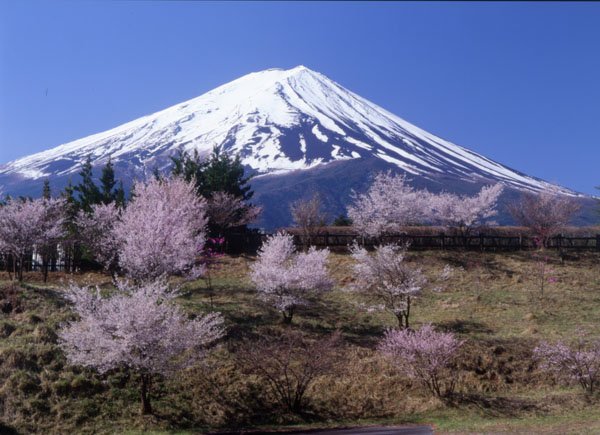Quick, what’s the square root of five? I have no idea, but my wife knows: it’s 2.2360679. How about the Periodic Table of Elements? My wife can recite the first dozen or so. Do you know what year the Kamakura Bakufu, the first military government in Japan, was established? She tells me that it was the year 1192. This isn’t because she’s especially smart — like all Japanese she has a tendency to be self-effacing and regularly calls herself baka, or stupid. No, the reason she knows these tidbits of knowledge is because of the way Japanese memorize some forms of information, by converting it into easily learned phrases, which is called goro-awase. Through a mechanism few gaijin can really understand, numbers are easily mapped to syllables in Japanese, for example the “ee” sound can stand for ichi (one), and “yo” or “shi” for the number four, and “o” for zero. To conjure up the square root of five in the example above, my wife needs only to remember a phrase meaning “at the base of Mt. Fuji, a parrot cries” (Fuji-sanroku ni ohmu naku). Back in the late 1980s, the U.S. was going through a period of serious Japan envy, when just about everything from the country seemed to be perfect, especially the much-vaunted education system, and at least a small reason the Japanese were beating us on international standardized tests was because of these little mnemonic tricks. Of course, breaking information down into easy-to-digest chunks or memorizing by association are great ways to study more effectively. If you’re looking for some innovative ways to learn Japanese, be sure to view our study pages for some good ideas.
















